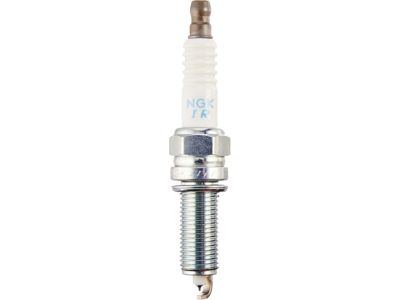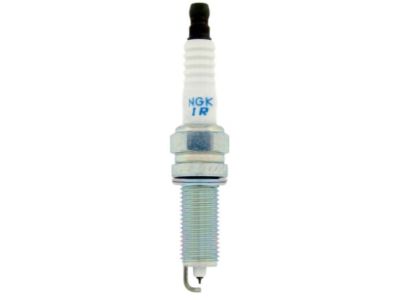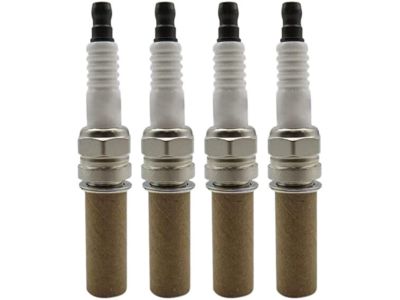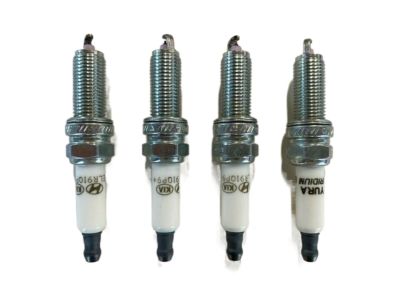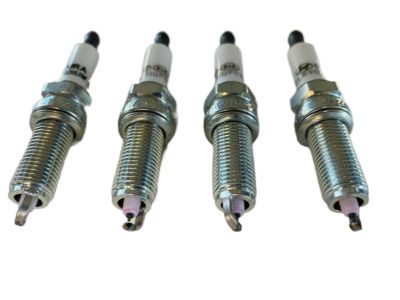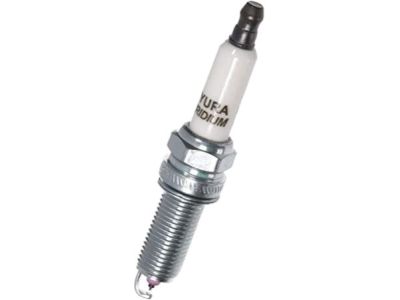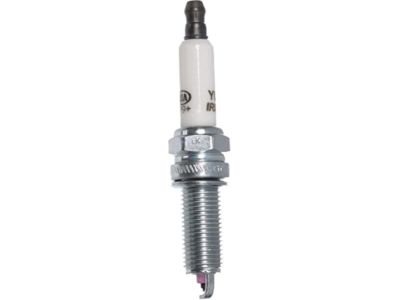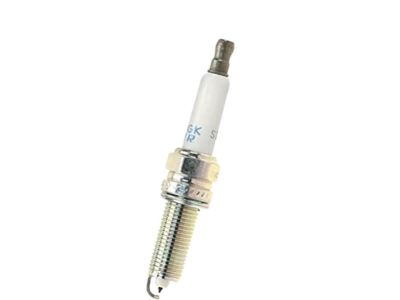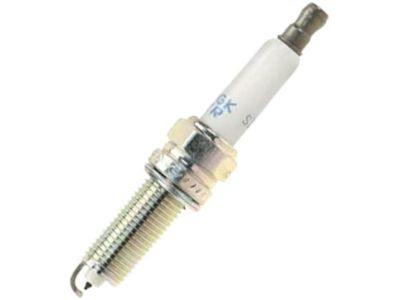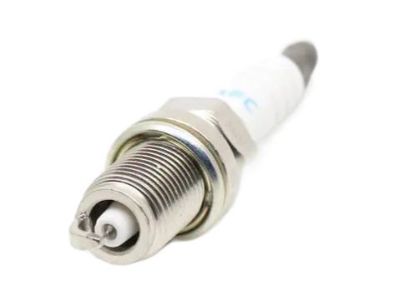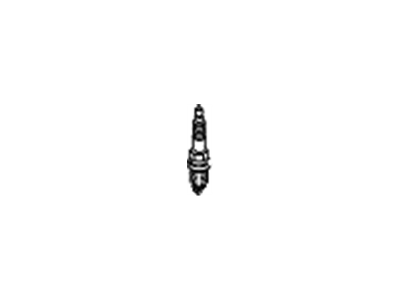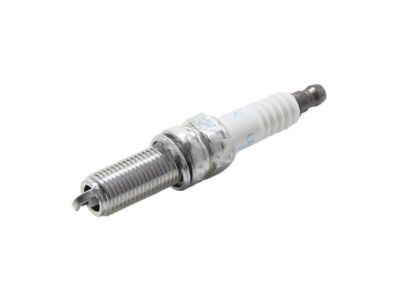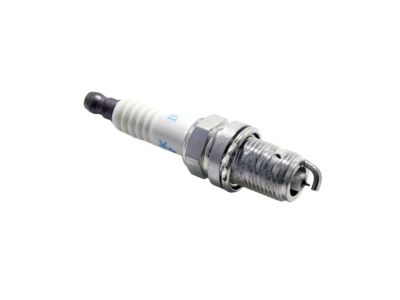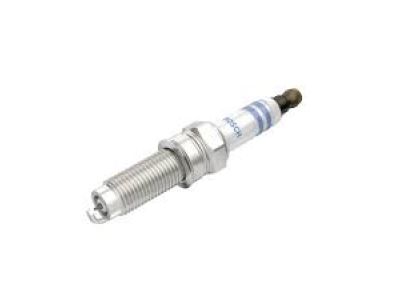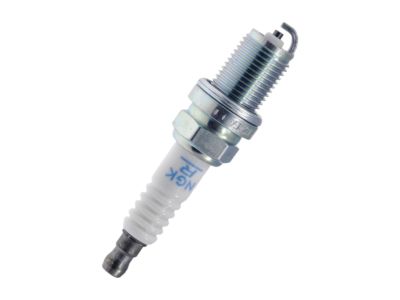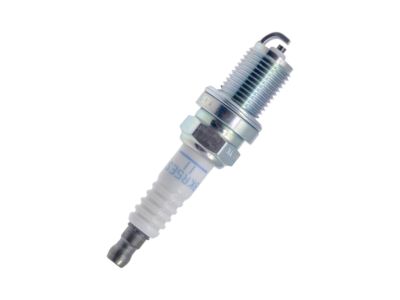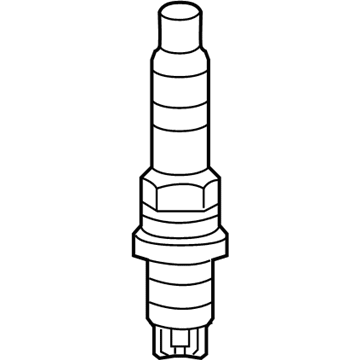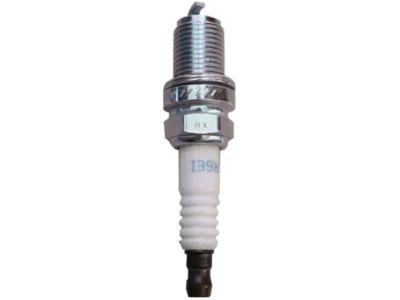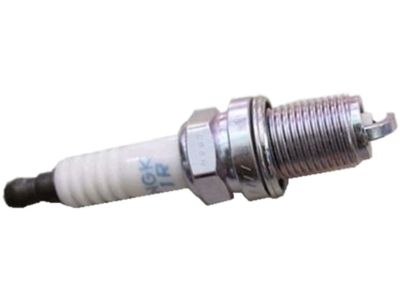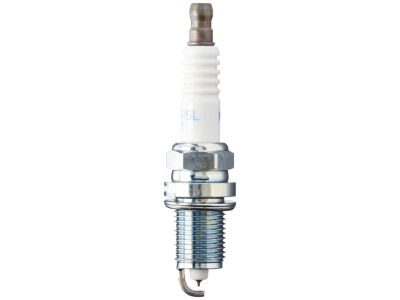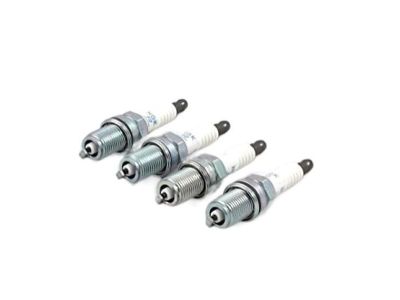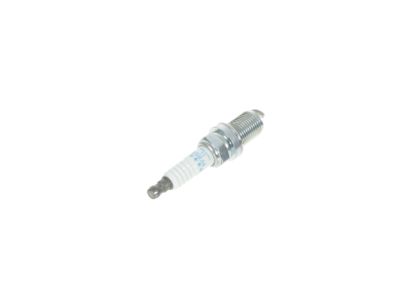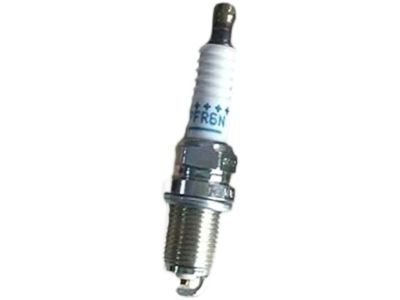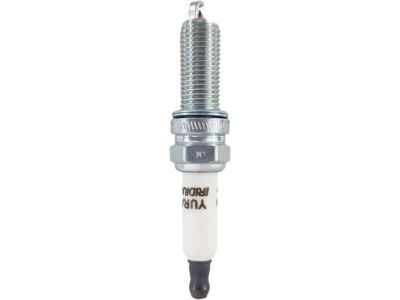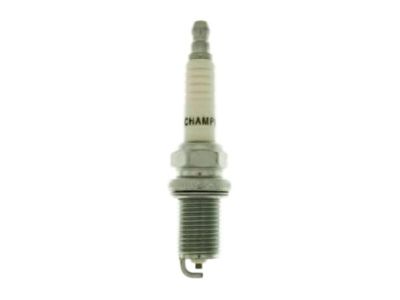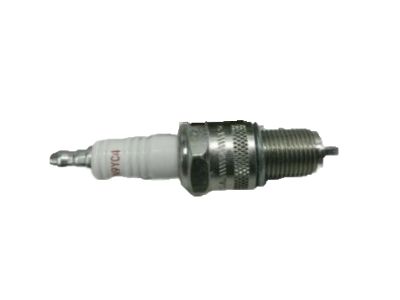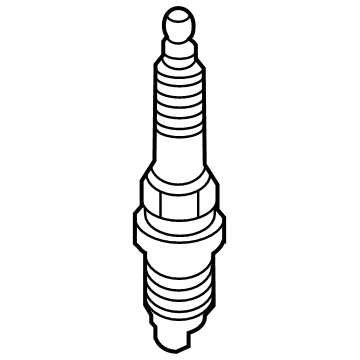×
- Hello
- Login or Register
- Quick Links
- Live Chat
- Track Order
- Parts Availability
- RMA
- Help Center
- Contact Us
- Shop for
- Hyundai Parts
- Hyundai Accessories


My Garage
My Account
Cart
Genuine Hyundai Elantra Spark Plug
Ignition Spark Plug- Select Vehicle by Model
- Select Vehicle by VIN
Select Vehicle by Model
orMake
Model
Year
Select Vehicle by VIN
For the most accurate results, select vehicle by your VIN (Vehicle Identification Number).
17 Spark Plugs found

Hyundai Elantra Plug Assembly-Spark
Part Number: 18846-11070$24.83 MSRP: $34.58You Save: $9.75 (29%)Ships in 1-3 Business Days
Hyundai Elantra Plug Assembly-Spark
Part Number: 18867-09095$25.97 MSRP: $36.17You Save: $10.20 (29%)Ships in 1-2 Business Days
Hyundai Elantra Spark Plug Assembly
Part Number: 18849-08080$31.89 MSRP: $44.41You Save: $12.52 (29%)Ships in 1-2 Business Days
Hyundai Elantra Plug Assembly-Spark
Part Number: 27410-23700$21.65 MSRP: $27.98You Save: $6.33 (23%)Ships in 1-3 Business Days
Hyundai Elantra Plug Assembly-Spark
Part Number: 18846-11060$22.69 MSRP: $29.32You Save: $6.63 (23%)Ships in 1-2 Business Days
Hyundai Elantra Plug Assembly-Spark
Part Number: 18814-11051$7.89 MSRP: $10.19You Save: $2.30 (23%)Ships in 1-3 Business Days
Hyundai Elantra Plug Assembly-Spark
Part Number: 18868-08095$25.97 MSRP: $36.17You Save: $10.20 (29%)Ships in 1-2 Business Days
Hyundai Elantra Plug Assembly-Spark
Part Number: 27410-37100$21.65 MSRP: $27.98You Save: $6.33 (23%)Ships in 1-2 Business Days
Hyundai Elantra Plug Assembly-Spark
Part Number: 18839-11051$21.65 MSRP: $27.98You Save: $6.33 (23%)Ships in 1-3 Business Days
Hyundai Elantra Plug Assembly-Spark
Part Number: 18817-11051$19.69 MSRP: $25.46You Save: $5.77 (23%)Ships in 1-3 Business Days
Hyundai Elantra Plug Assembly-Spark
Part Number: 18868-08115$35.55 MSRP: $49.51You Save: $13.96 (29%)Ships in 1-3 Business Days
Hyundai Elantra Plug Assembly-Spark
Part Number: 18811-11061$3.08 MSRP: $3.98You Save: $0.90 (23%)Ships in 1-3 Business Days
Hyundai Elantra Plug Assembly-Spark
Part Number: 18822-11091$3.08 MSRP: $3.98You Save: $0.90 (23%)Ships in 1-3 Business DaysHyundai Elantra Plug Assembly-Spark
Part Number: 18869-09095$27.49 MSRP: $38.30You Save: $10.81 (29%)Ships in 1-2 Business DaysHyundai Elantra Plug Assembly-Spark
Part Number: 18875-08085$27.57 MSRP: $38.40You Save: $10.83 (29%)Ships in 1-3 Business DaysHyundai Elantra Plug Assembly-Spark
Part Number: 18871-11075$26.08 MSRP: $36.32You Save: $10.24 (29%)Ships in 1-3 Business DaysHyundai Elantra Plug Assembly-Spark
Part Number: 18826-11101$21.65 MSRP: $27.98You Save: $6.33 (23%)Ships in 1-3 Business Days
Hyundai Elantra Spark Plug
If you are looking for affordable high-quality OEM Hyundai Elantra Spark Plug, then you have come to the prime place. Our website provides a large amount of genuine Hyundai Elantra Spark Plug at unbeatable prices. All our parts come backed with the manufacturer's warranty.
Hyundai Elantra Spark Plug Parts Questions & Experts Answers
- Q: How to replace spark plugs on Hyundai Elantra?A:You are highly recommended to check the Spark Plug Wires when replacing spark plugs on 1998 and earlier 1.8L as well as 2001 through 2012 models. In order to do this, you will need specific tools such as a spark plug socket that would prevent damages to porcelain insulators, various extensions, a gap gauge for gap adjustment and optionally, if wire boots are stubborn; - use of a plug wire removal tool. Always let your engine cool down before beginning work on the spark plugs.This is where you get new ones, adjust their gap and install one at a time in order to simplify the replacement process. Remove the plugs after cooling the engine. While waiting for it to cool inspect them for defects or check and adjust gaps if necessary.Inserting New Plugs- remove the spark plug cover so that you can access plugs.However, this should be done differently by using another type of gauge which is a wire type gauge whose side electrode can be slightly bent by turning this part of gauge body.Therefore ,extra care should be taken because Ceramic insulator break easily.They must be handled by their ends only with one holding them at their boot, never touch anything else apart from that.Use compressed air or bicycle pump if possible, clean dirt and debris out of opening above plug.If deeply recessed into combustion chamber an extension may be needed to get these out or install them.To lock these in place and avoid removing too much or less torque then use ratchet wrench.Setting up Spark Plug-To start threading without crossing holes use piece of rubber hose instead of any other tool.The twisting motion is employed when fitting the boot on new spark plug.The whole procedure should also be repeated for remaining ones while changing them one by one so as not mix up with wires.Otherwise when removed next time they might destroy thread because it might wear away when turned backward during disassembling.Then apply thin coat of anti-seize compound to the threads before and after installation of spark plugs.
Related Hyundai Elantra Parts
Browse by Year
2023 Spark Plug 2022 Spark Plug 2021 Spark Plug 2020 Spark Plug 2019 Spark Plug 2018 Spark Plug 2017 Spark Plug 2016 Spark Plug 2015 Spark Plug 2014 Spark Plug 2013 Spark Plug 2012 Spark Plug 2011 Spark Plug 2010 Spark Plug 2009 Spark Plug 2008 Spark Plug 2007 Spark Plug 2006 Spark Plug 2005 Spark Plug 2004 Spark Plug 2003 Spark Plug 2002 Spark Plug 2001 Spark Plug 2000 Spark Plug 1999 Spark Plug 1998 Spark Plug 1997 Spark Plug 1996 Spark Plug 1995 Spark Plug 1994 Spark Plug 1993 Spark Plug 1992 Spark Plug 1991 Spark Plug
